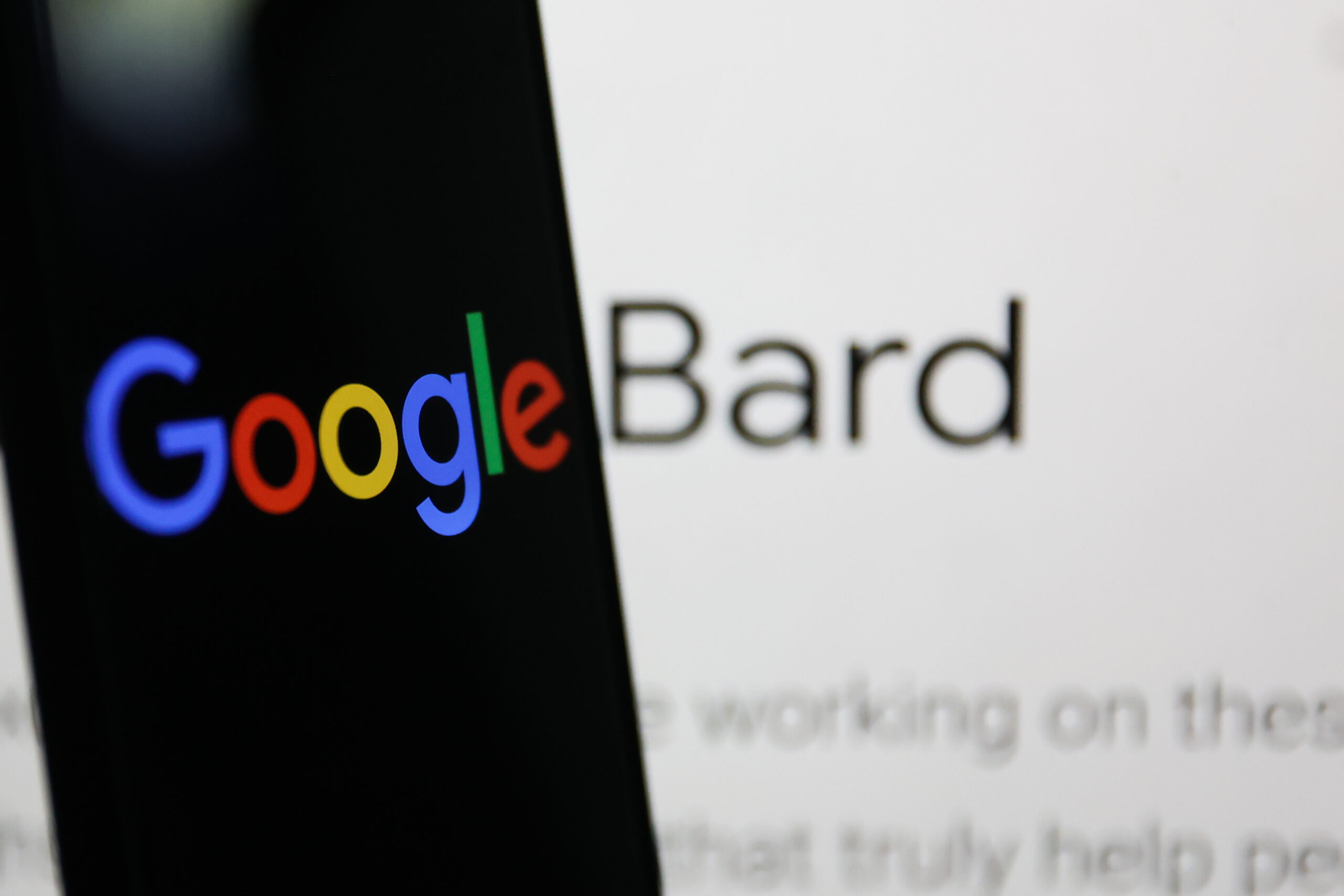Outdated, disrupted even by OpenAI and its ChatGPT conversational bot? Google has not said its last word. The Californian giant is refining its own generative artificial intelligence technology with Bard.
Google is presenting the latest updates to its solution today, July 13. And Bard is thus expanding its panoply of languages. Polyglot, the robot now masters “more than 40 languages, including Arabic, Chinese, German, Hindi and Spanish.”
Customizable responses in 5 modes
But Bard also supports the Frenchman. Above all, after a setback due to regulatory obligations – GDPR obliges -, the application is now usable in new markets, including Brazil, and Europe as a whole.
“As part of our resolute and responsible approach to AI, we have proactively engaged with experts, policymakers and privacy regulators on this expansion,” says Jack Krawczyk, Bard Product Lead.
Should this be seen as a swipe at OpenAI, the launch of which would hardly have been concerned with regulatory considerations? Before landing in Europe – where it has already been sanctioned several times for breaching the GDPR – Google therefore took the time for compliance and impact study.
Bard is therefore accessible in Europe. Anglophones nevertheless continue to enjoy a head start. Among the new features, some are still reserved for them, even if Google indicates that they will “soon be extended to other languages.”
Images that can be used in prompts
Thus, Bard offers the possibility of adapting the tool’s responses more easily. The tone and style of Bard’s responses are customizable in five distinct modes (Simple, Long, Short, Professional, or Informal). Second novelty exclusive to English: the use of images in requests. Google then combines Bard and its existing Lens image analysis tool.
“Whether you want more information about an image or are looking for inspiration for text to accompany an image (a thank you note for example), you can now upload images with queries and Bard will analyze the photo to help you “, details the Gafam.
Bard’s July update also adds functionality for pinning and renaming conversations. A discussion started and stopped no longer necessarily means an obligation to restart a series of prompts.
Interest in user coding
On the software development side, Google says it “sees interest in using Bard for coding tasks.” The publisher therefore intends to take care of this use. For this, it adds an option for exporting Python code to Replit, in addition to Google Colab.
Finally, no doubt also in order to promote adoption, the Mountain View firm includes a function for sharing answers (in part or in whole) between friends via links. “You can share your ideas and creations with other people,” says Google.
What justify the positioning of Bard claimed by Jack Krawczyk? “We see Bard as a new form of AI: augmented imagination,” he writes on Twitter. In case of hallucination, should it therefore simply be interpreted as an excess of imagination of the application?
